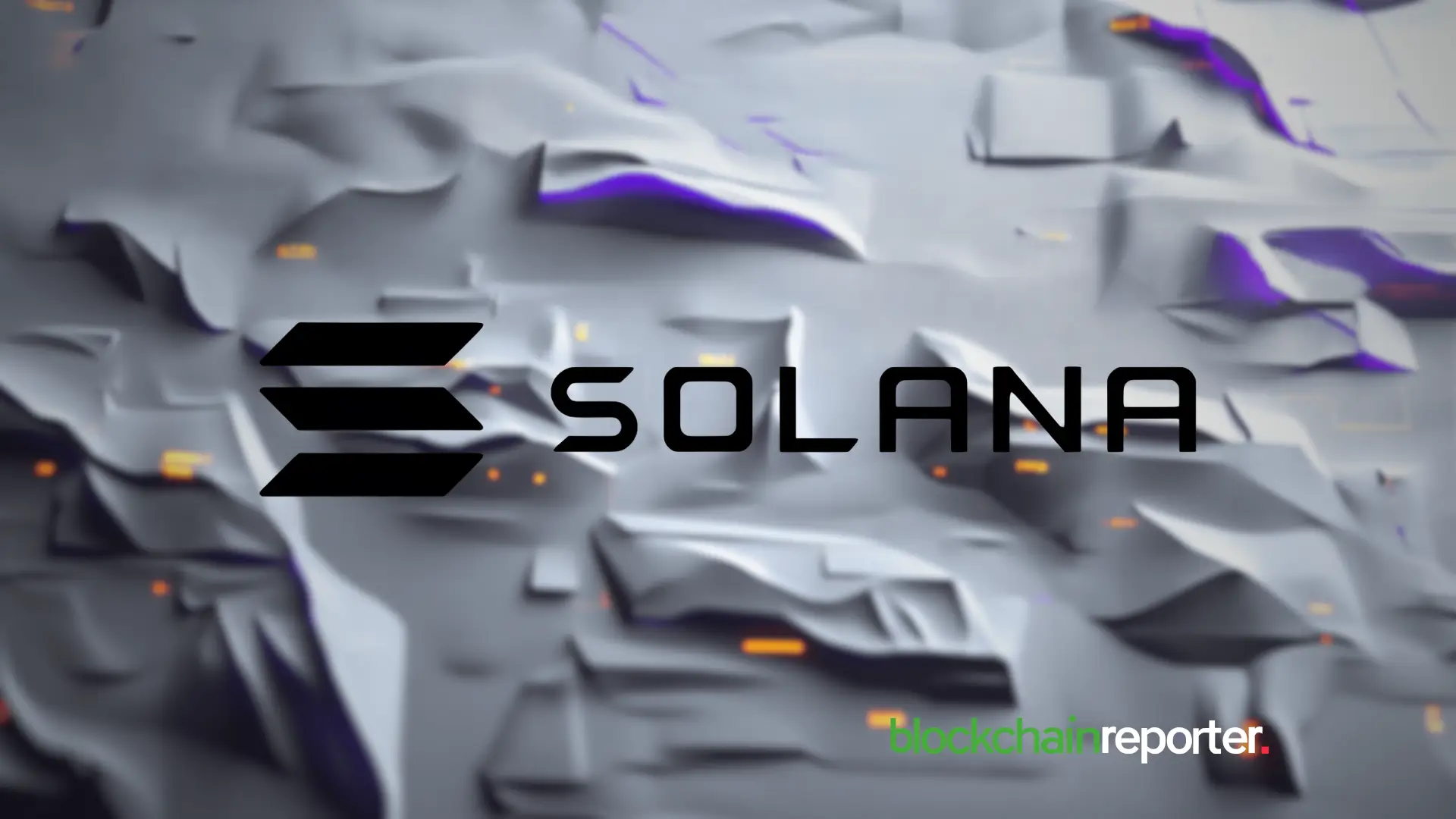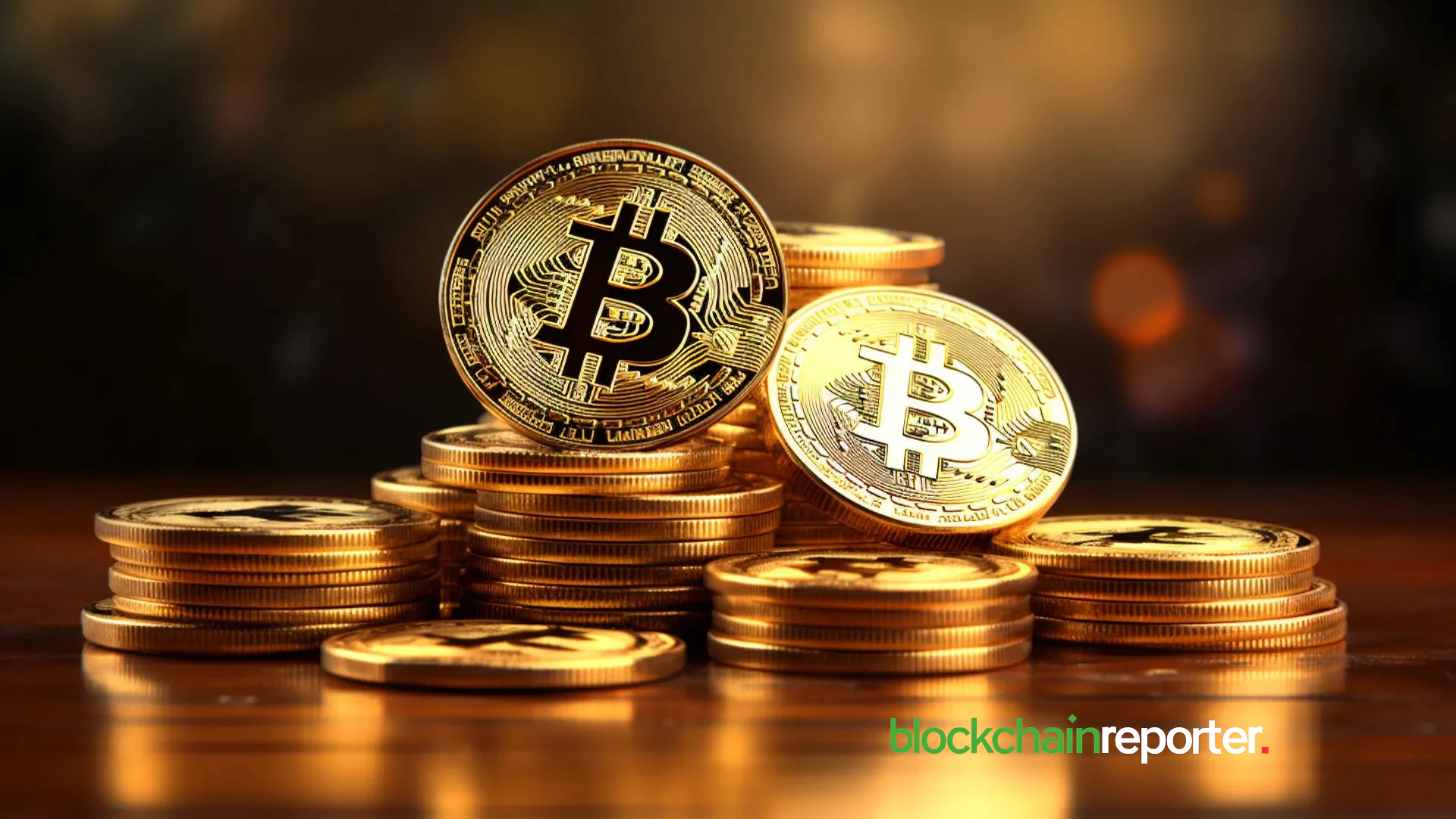The Hidden Costs of Spot Trading Crypto: Understanding Slippage, Fees, and Spreads



The promise of independence and speed and transparency drives many traders to invest in cryptocurrency. The instant trading system has transformed investment practices yet traders need to recognize the concealed expenses which decrease their profits substantially. Every trading transaction includes concealed expenses which consist of tiny fees and market fluctuations that eat into your total earnings. The path to crypto trading success requires traders to understand all expenses that affect their future performance.
The Unseen Price of Every Transaction
Spot trading enables investors to perform immediate exchanges between cryptocurrencies and fiat currencies. The system of real asset ownership in spot trading makes it suitable for new investors who want to start trading. The process of trading through spot markets requires investors to pay fees for transactions and deal with price movements and market spread differences. The combination of trading fees and slippage and spreads becomes significant for traders who execute numerous trades throughout the day.
Major exchanges operate with trading fees between 0.1% and 0.25% according to 2024 data. The cumulative effect of these small trade fees becomes substantial when transactions reach hundreds in number. The execution of orders at prices different from expected values occurs because of market price fluctuations which traders call slippage. The combination of these factors produces a hidden profit reduction which traders frequently fail to recognize.
Understanding the Core Elements of Spot Trading Crypto
When engaging in Spot Trading Crypto , three key costs determine your final return: slippage, spreads, and platform fees.
The execution price of trades differs from their expected value which results in slippage. The fast price fluctuations during times of high market volatility create conditions where orders cannot keep up with market changes. A 0.5% slippage on big trades will modify the total profit margin.
The price difference between market entry and exit points constitutes the spread. The trading pairs BTC/USD and ETH/USDT along with other popular pairs maintain tight spreads because of their high market activity. The spread in low-volume markets reaches levels above 1% which functions as an unnoticeable transaction cost.
The exchange platforms together with trader activity determine what fees traders must pay for their transactions. New traders must pay elevated fees for their trades but experienced traders gain access to reduced fee rates. The platform XBO works to minimize trading expenses through its deep liquidity system and clear fee disclosure which enables users to execute trades more efficiently.
The 2024 market study demonstrated that poor trading methods can cut down yearly gains by 10–12% which proves the importance of effective cost control strategies.
How Volatility Affects Real Profits
The crypto market sector stands as one of the most unstable financial systems which exists today. The market prices experience rapid changes because of fast demand increases and unexpected news announcements and insufficient market liquidity . The market volatility creates bigger price differences between entry and exit points for big trading operations. Market orders executed during times of high market volatility will result in trade executions at prices that differ from the desired entry point.
Traders can reduce price deviations by placing limit orders which establish their desired price level before trade execution. Traders who wait for better entry and exit opportunities will achieve better results than those who rush during market volatility.
How Fees and Spreads Fluctuate
The fee structure and spread levels of each exchange depend on market liquidity and trading depth. The apparent similarity between roles. The cost of transactions increases when blockchain networks experience high usage because fees rise to double their normal transaction costs leading to different total expenses because trading volume and asset selection and order placement timing play a significant value.
Keeping track of daily market activity and staying informed through Bitcoin News or market updates helps traders anticipate these shifts. Networks experience reduced efficiency when transaction volume increases because slippage and gas fees simultaneously rise. Traders who understand these cycles can perform their transactions during low-activity times to achieve long-term cost savings.
Practical Steps to Limit Hidden Costs
A systematic method serves as the foundation for cutting down unrequired expenses. Market orders should be avoided during times of high market volatility because they result in poor execution prices.
The use of limit orders enables traders to set exact entry and exit points. Trading during peak liquidity hours which occur when both American and European markets operate simultaneously helps traders achieve better price execution. Trading pairs with high trading volume provides traders with tighter price gaps and reduced slippage.
The analysis of your trading records serves as an effective method to improve your trading performance. Analyzing how market conditions affect your trading results enables you to develop better investment approaches. The accumulation of small cost reductions throughout time will generate substantial effects on your total profits.
A Smarter Way to Trade
Spot trading provides investors with direct access to the crypto economy through transparent operations yet investors must pay fees to participate. The combination of slippage and fees and spreads between market prices creates a hidden expense structure which separates successful traders from those who achieve success only occasionally. Investors who study these elements and modify their trading approach will convert their knowledge into quantifiable market advantages.
Crypto traders need to understand their expenses at the same level they understand market price predictions. Your ability to execute trades efficiently while reducing unknown expenses will make each transaction more purposeful which leads to better long-term investment results.

CDARI Joins GoHome Token to Redefine Memecoin Energy via Solana
The partnership endeavors to drive the $GOHOME Movement, offering community-led initiatives to revol...

Best Crypto to Buy Now: Digitap ($TAP) vs BlockchainFX ($BFX) – Which Banking Token Wins?
Analysts favor Digitap ($TAP) over BlockchainFX ($BFX) as the best crypto to buy now, citing its Vis...

Best Meme Coins to Buy Now: JPMorgan’s Bitcoin Forecast Pulls in $500k for DeepSnitch AI
JPMorgan says Bitcoin could hit $170K, generating a new wave of meme coin optimism. DeepSnitch AI, D...

